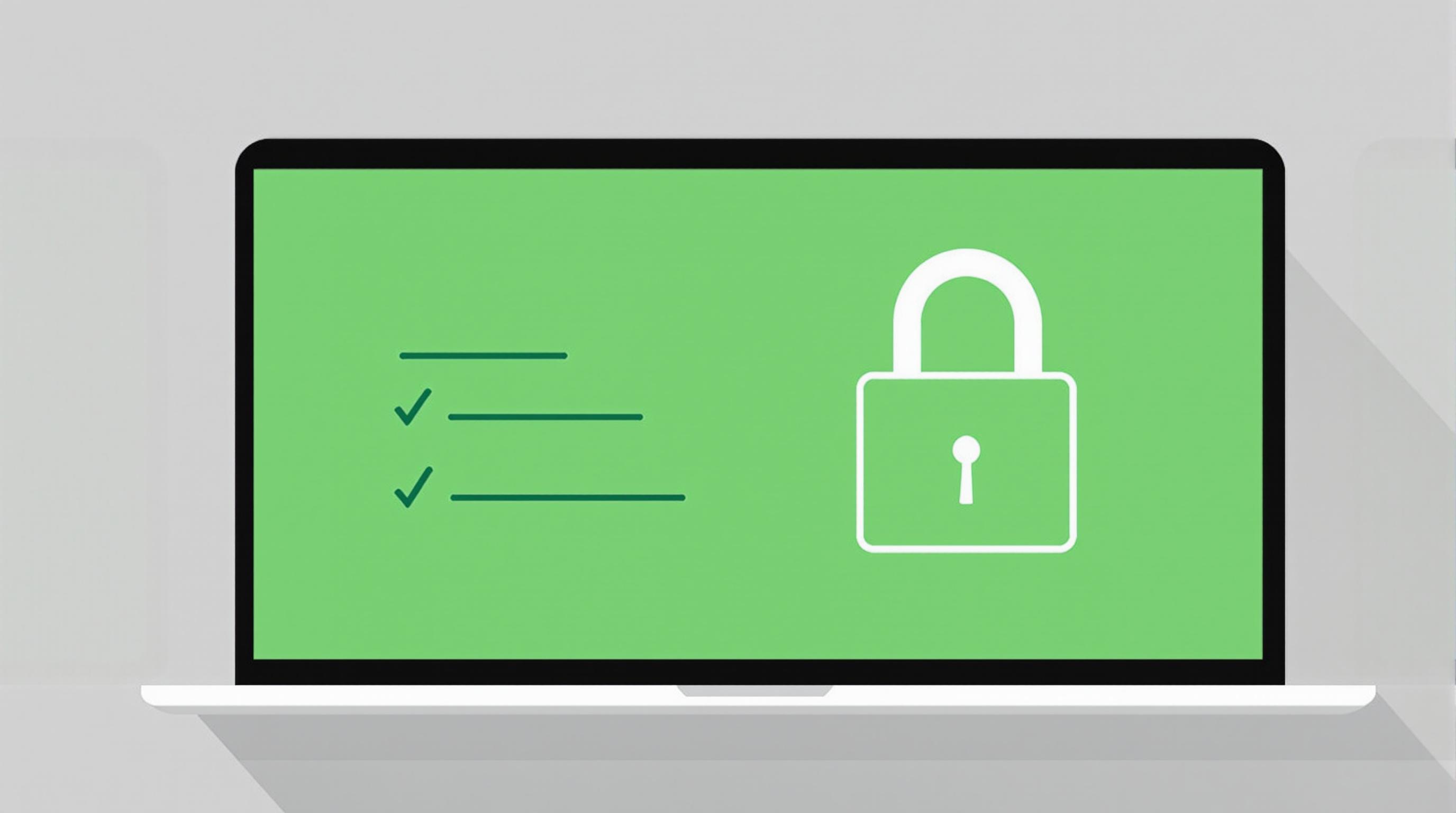Related Articles
- 7 Game-Changing Encrypted Messaging Apps Released Since 2019 That Redefine User Control
- Exploring Quantum Entanglement as a Future Layer of Protection for Connected Devices in Decentralized Networks
- Top 7 Privacy-Focused Cloud Backup Services Released Since 2019 That Redefine Data Control
- Exploring Psychological Barriers That Prevent Wider Adaptation of Dual Verification in Everyday Tech Use
- Top 6 Privacy-Focused Browsers from the Last Five Years That Outpace Giants in Speed and Security
- 6 Lesser-Known Identity Protection Gadgets From the Last Five Years That Actually Outperform Popular Brands
6 Game-Changing Legal Loopholes Affecting Two-Factor Authentication in Emerging Tech Markets
6 Game-Changing Legal Loopholes Affecting Two-Factor Authentication in Emerging Tech Markets
6 Game-Changing Legal Loopholes Affecting Two-Factor Authentication in Emerging Tech Markets
Introduction
Two-Factor Authentication (2FA) has become a cornerstone of digital security, especially as emerging tech markets rapidly expand and integrate sophisticated technologies.
However, legal frameworks have struggled to keep up with the pace of innovation, creating loopholes that can both help and hinder the adoption of 2FA.
This article explores six key legal loopholes that are reshaping the 2FA landscape in these developing markets, with insights into how they impact users, companies, and regulators alike.
Loophole 1: Regulatory Ambiguity in Cross-Border Data Transfers
Emerging tech markets often interact across borders, yet laws governing data transfer and authentication remain inconsistent or vague.
This inconsistency allows companies to exploit gaps where 2FA data may not be adequately protected or recognized legally, creating potential vulnerabilities.
For instance, under the GDPR in Europe, strict rules govern authentication data, while many emerging markets lack equivalent statutes, leading to enforcement challenges (European Commission, 2020).
Loophole 2: Undefined Legal Status of Biometric 2FA
Biometric authentication methods, such as fingerprint and facial recognition, are becoming prevalent in 2FA systems within emerging markets.
However, many jurisdictions lack clear legislation on biometric data's confidentiality, ownership, and permissible use, creating legal grey areas.
This loophole can result in misuse or unauthorized access to biometric 2FA data without explicit legal ramifications, placing user privacy at risk (Smith & Lee, 2021).
Loophole 3: Inadequate Legal Protections for SMS-Based 2FA
SMS-based 2FA remains widely used in emerging markets due to its low implementation cost and accessibility.
Yet, telecom laws in many countries do not specifically address the security risks tied to SMS interception or spoofing, leading to gaps in liability protections.
Consequently, stolen or compromised SMS 2FA codes often fall into a regulatory grey zone, leaving users without legal recourse (Telecom Regulatory Authority, 2019).
Loophole 4: Ambiguous Liability in Shared Authentication Services
Emerging markets frequently employ third-party services to provide authentication frameworks, including 2FA platforms.
Legal frameworks often do not clearly define liability among service providers, users, and enterprises when breaches occur through these shared services.
This ambiguity creates a loophole where companies can evade accountability, complicating dispute resolution for compromised accounts (International Cyber Law Review, 2022).
Loophole 5: Lack of Mandatory Standards for 2FA Implementation
Unlike mature markets, emerging technology landscapes may not enforce mandatory security standards or certifications for 2FA solutions.
This regulatory vacuum permits substandard or poorly secured 2FA methods that can be easily bypassed by attackers.
The absence of compulsory standards undermines user trust and overall security efficacy while limiting regulatory oversight (NIST, 2023).
Loophole 6: Insufficient Legal Frameworks for Emerging Authentication Technologies
New authentication technologies like behavioral biometrics and decentralized identity are gaining traction in emerging markets.
However, existing laws often fail to address these novel 2FA paradigms, leaving them in a legal limbo regarding compliance and user protection.
This gap can lead to widespread adoption without adequate privacy safeguards or regulation, increasing systemic risk (World Economic Forum, 2023).
Conclusion
The rapidly evolving landscape of two-factor authentication in emerging tech markets reveals significant legal loopholes that both challenge and facilitate innovation.
Regulators must prioritize updating legal frameworks to close gaps relating to cross-border data, biometric use, SMS security, liability, standards, and new authentication methods.
Addressing these areas will be essential to fostering trust, enhancing security, and ensuring the benefits of 2FA are realized fully across the globe.




